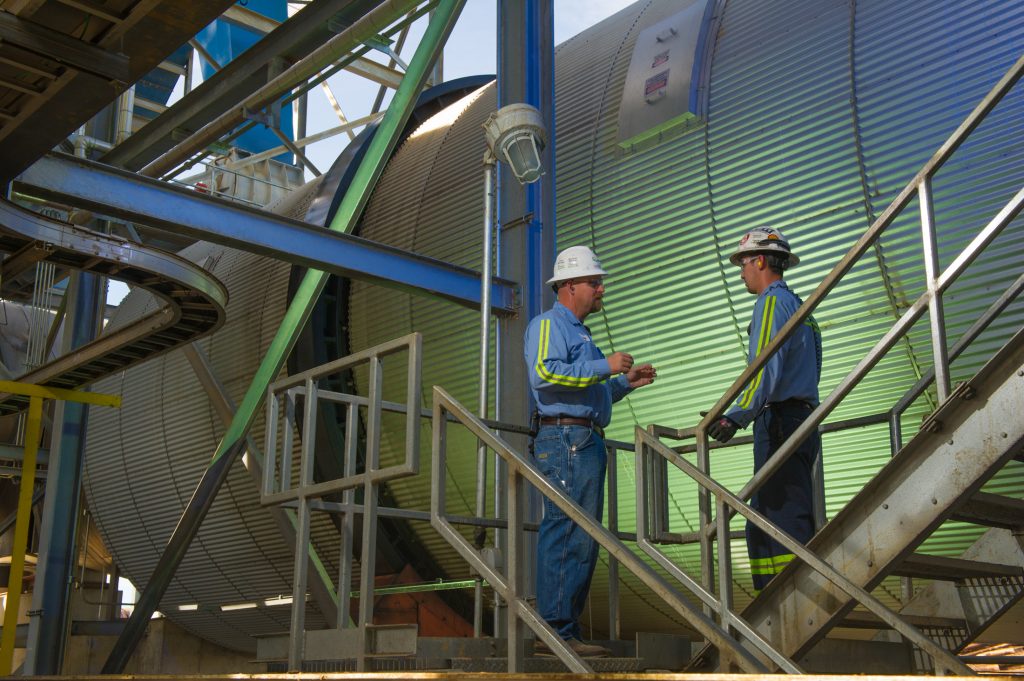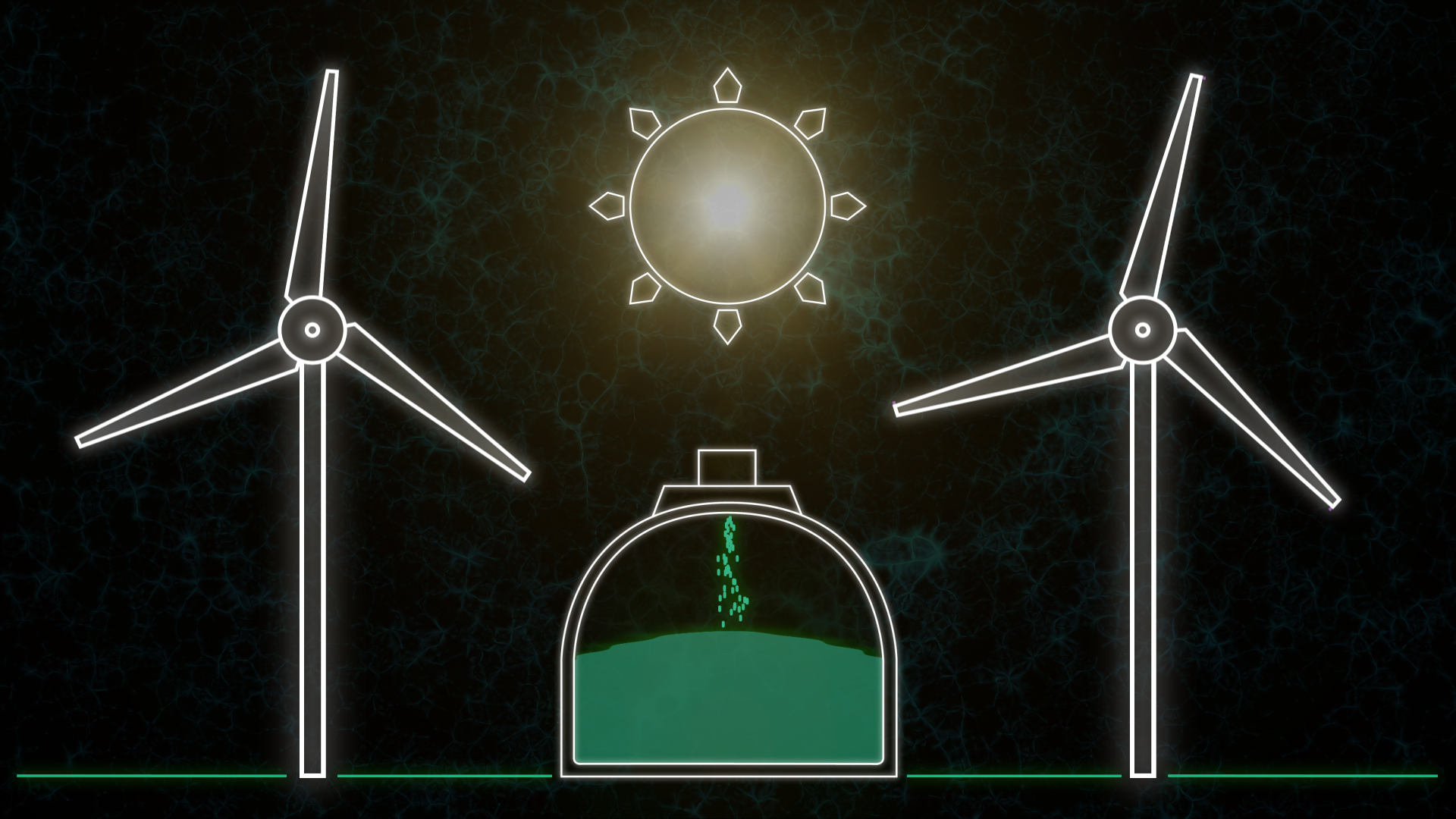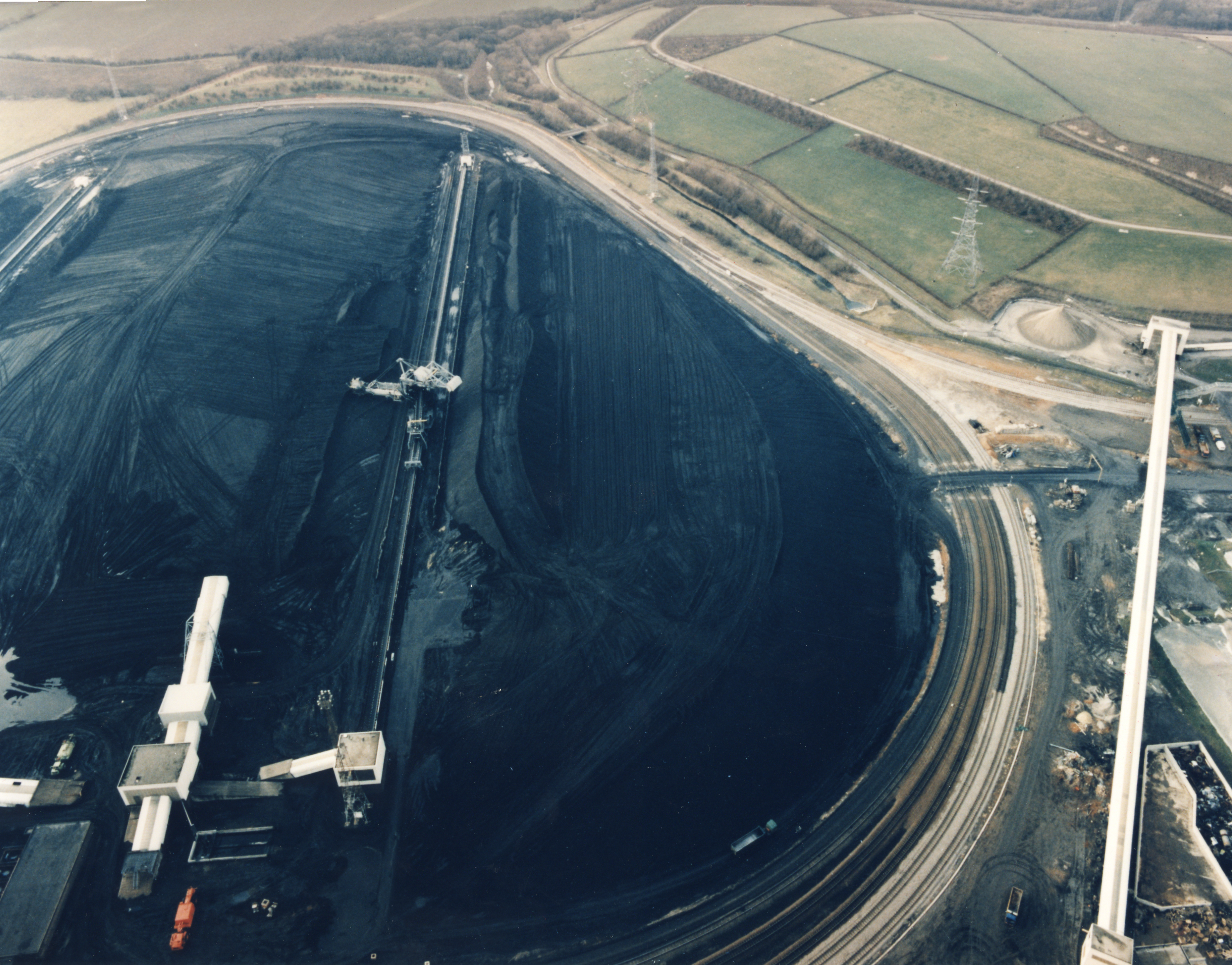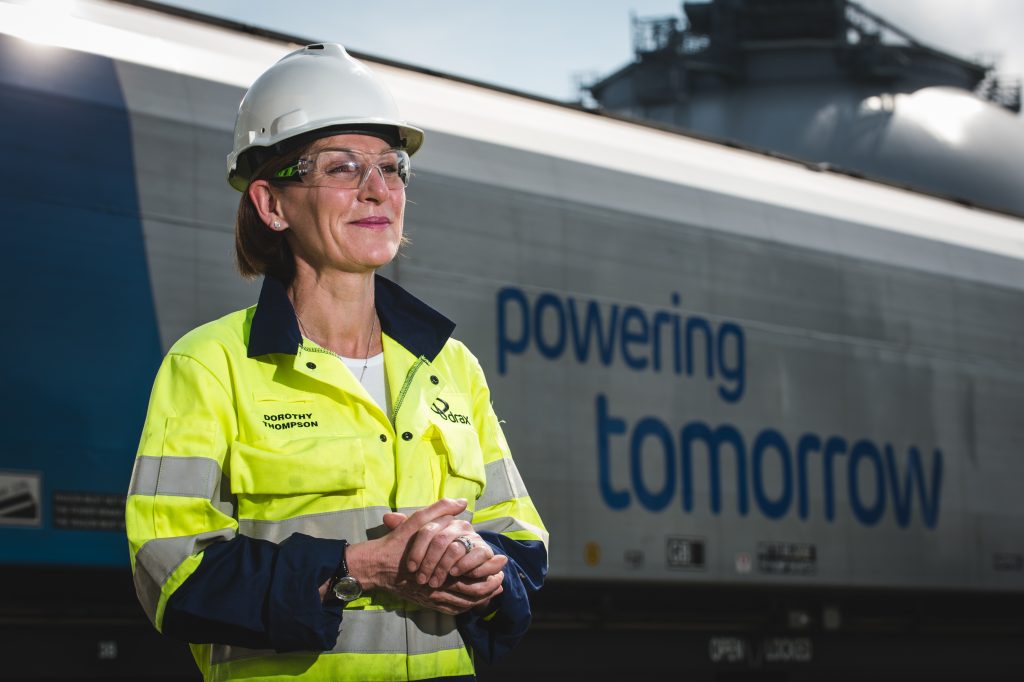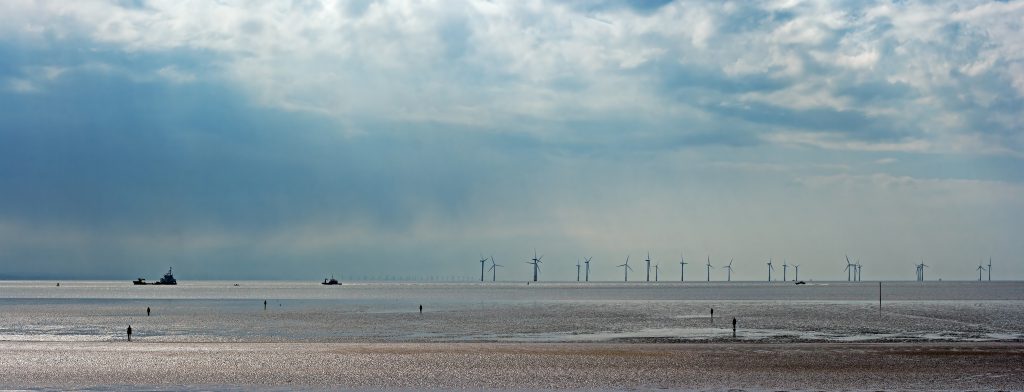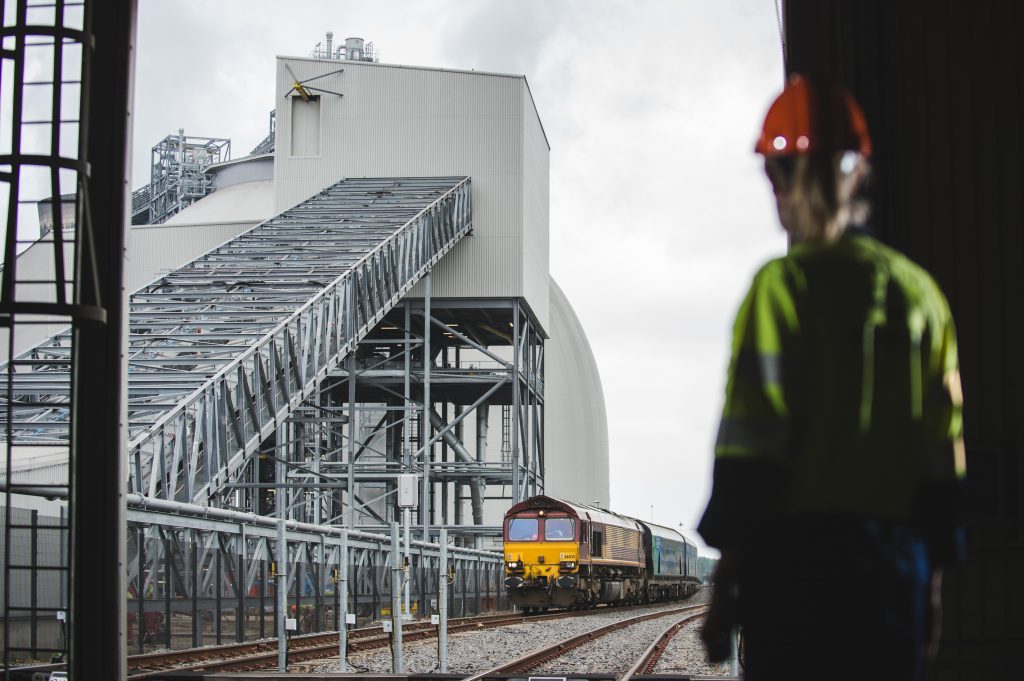Half a decade ago we began a major transformation at Drax Power Station converting it to run on sustainable biomass. This week we’ve reached another milestone in that journey.
We’ve been granted a contract for difference (CfD), a UK government financial support that’s now been approved by the European Commission. It allows us to fully convert a third power generation unit to run entirely on compressed wood pellets, a form of renewable biomass. The granting of the CfD is a symbolic moment in our decarbonisation journey – it marks the close of one phase of development where the power station now makes more renewable than fossil fuel power, and the start of the next.
This next chapter began when we announced two major projects: the acquisition of Opus Energy and our plans to build four new rapid response, open cycle gas turbine (OCGT) power stations.
Like the upgrade of Drax Power Station, these new peaking plants are an important step in helping the country achieve a decarbonised energy system. They will do this by enabling more renewables to come onto the system.
The need for a diverse power network
Nearly 45% of the UK’s power already comes from gas, mostly generated by combined cycle gas turbine (CCGT) power plants. But while CCGT plants can deliver a steady supply of baseload power and flex up and down within seconds – just like Drax Power Station does with both coal and biomass – they can’t turn on and be at full capacity at very short notice. Starting from cold to quickly power the equivalent of a small city in a matter of minutes rather than hours or days, however, is exactly what the UK power network is increasingly going to need.
Solar and wind power can’t generate electricity when it’s dark or still. So to facilitate more of these intermittent renewables coming onto the grid, we need sources that can be quickly ramped up to ‘fill the gaps’ when lower carbon technologies aren’t able to provide the essential power for the modern world. This is where OCGT stations come in, alongside other standby technologies such as storage and demand side response.
OCGT stations have turbines that work like jet engines. This means they can start up incredibly quickly, getting to full load in just 30 minutes, meeting surges quickly when intermittent renewables can’t and nuclear, biomass and CCGT power stations are already providing baseload electricity.
Our proposed plants could be online as soon as the winter of 2020/21 – a few years before the last remaining coal-fired power stations close down. They will operate for roughly 500 hours a year (with a maximum availability of 1,500 hours depending on demand) and each will have a capacity of 299 MW. Each will generate enough instant power to simultaneously boil 120,000 kettles.
As well as allowing more renewables onto the system these gas plants support the government’s vision for reducing the carbon intensity of our energy grid – gas has half the carbon footprint of coal. More than that, we have expertise in it.
Drax CEO, Dorothy Thompson, has developed and operated 3,160 MW of gas assets in the past for Intergen, while a number of our engineers have worked across development, construction and operation of gas projects. We trade in it, too, so we know the market well. In short, a move into gas is one we are well suited too.

A secure economic future
Thanks to capacity market contracts, our OCGT plants will have limited reliance on income from the energy markets in the future. The capacity market is a government scheme designed to boost the UK’s energy security. It does this by paying new and existing power plants a fixed price to be available to generate electricity in future winters, the time of the year when demand is at its highest. The price they are paid is determined by a competitive auction, which allows government to secure as much capacity as it needs at the lowest price possible.
Building new power stations requires substantial investment, so having fixed-price contracts for power allows generators – like us – and their shareholders to invest in low carbon projects , safe in the knowledge that it will be economical to do so.
We’re aiming to secure 15-year capacity contracts for one OCGT in England and one in Wales within the next two years. In the most recent capacity auction , the price was driven too low to justify a commitment to build the first two plants. This doesn’t mean development on the plants will stop. Critical development work will continue throughout 2017 and next December the plants will be re-entered into the competition.
Continued commitment to biomass
Our new power stations mark a new chapter for Drax Group, but what they don’t affect is our commitment to biomass. Drax Power Station is already generating a majority of its electricity using high density wood pellets. And the granting of the CfD means we can now finalise the coal-to-biomass upgrade of half of the UK’s biggest power station and continue to invest in these assets. With the right support, we stand ready to complete the conversion of our North Yorkshire site and run entirely on sustainably-sourced biomass.
A study from engineering and design company Arup found that, after onshore wind, converted biomass power plants are the most affordable large-scale renewable power solution in the UK. More than that, the costs of undertaking this conversion have come down over the last few years. However, there is still room to bring this cost down further and we believe this needs to happen before we can fully convert Drax Power Station.
We are as determined to achieve this as we have ever been. Our view has always been to ensure we provide power for a brighter future and our new power stations are the next step in doing this.








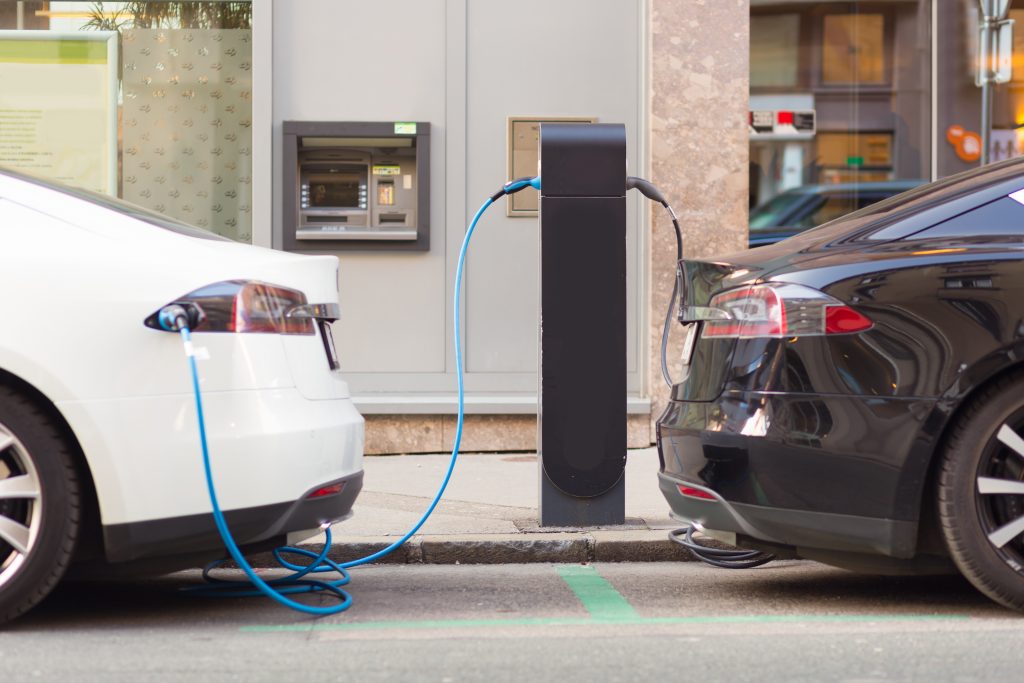

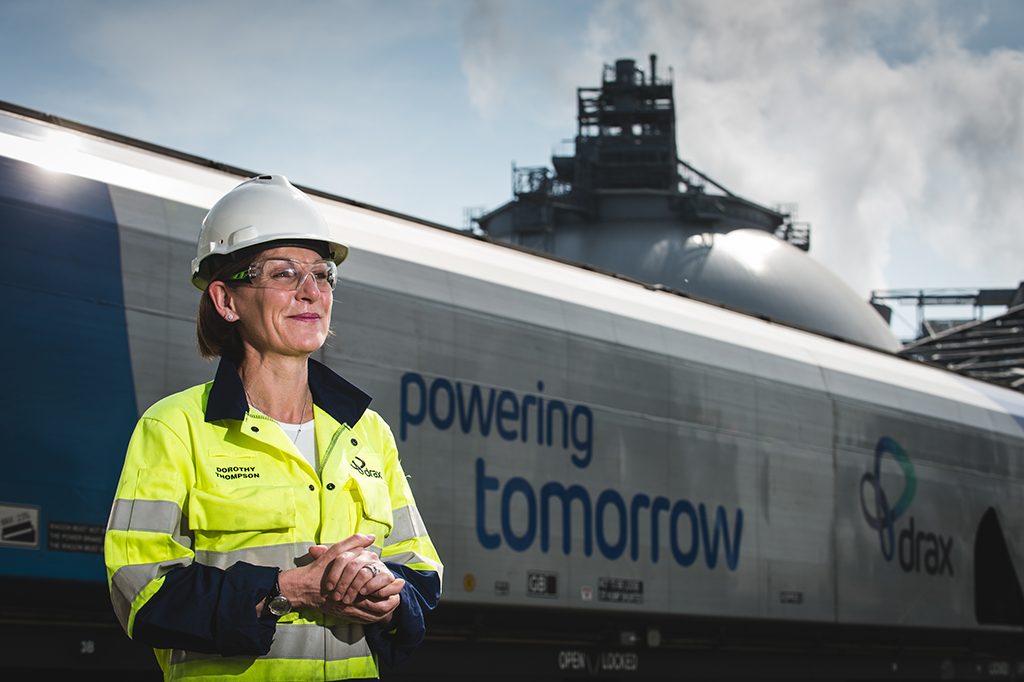
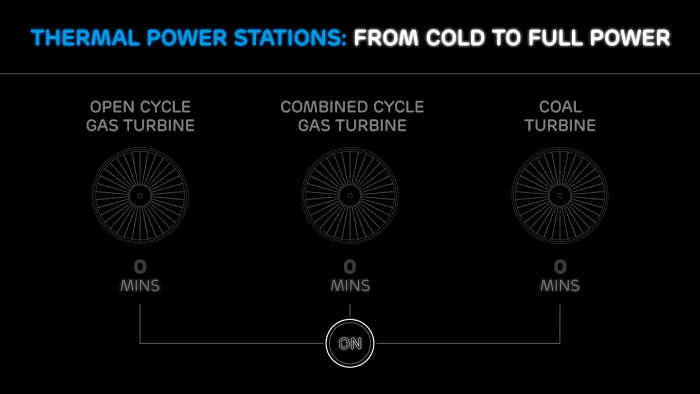

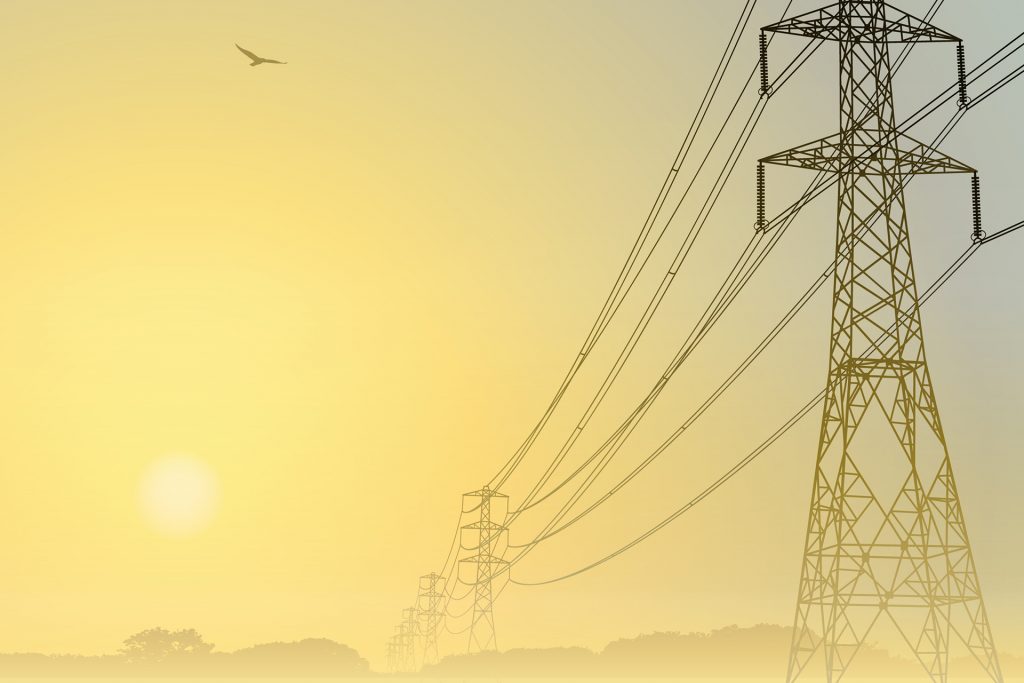 The effect on the bottom line
The effect on the bottom line
